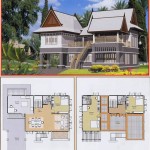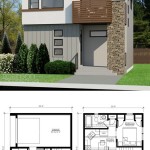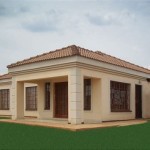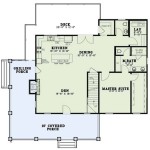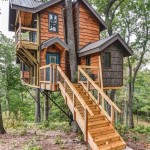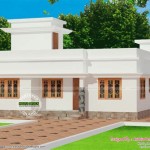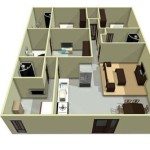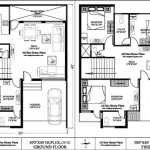Camp House Plans: Designing Your Dream Escape
Whether you envision a rustic cabin nestled in the woods, a sprawling lakefront retreat, or a cozy mountain getaway, a camp house serves as a sanctuary from the hustle of everyday life. The journey to realizing this dream starts with choosing the right camp house plan. Camp house plans are detailed blueprints that guide the construction of your ideal escape, meticulously outlining every aspect from the layout and foundation to the exterior design and interior features. This article will explore key considerations when selecting a camp house plan, highlighting essential factors to ensure a successful and fulfilling construction project.
1. Determining Your Needs and Size
The foundation of a successful camp house plan lies in understanding your needs and defining the desired size. Ask yourself fundamental questions such as: How many people will the house accommodate? What activities will you enjoy at the camp? Do you need a large kitchen for cooking, a spacious living area for gatherings, or perhaps dedicated bedrooms for guests? The answers to these questions will guide you in choosing the appropriate plan, ensuring that the house perfectly suits your lifestyle and purpose.
Consider the factors influencing the size: *
Number of bedrooms and bathrooms:
A small family may only need a one-bedroom cabin, while a large group might require multiple bedrooms and bathrooms. *Living space:
Do you envision a cozy and intimate living space or a large area for entertaining? *Outdoor living:
Plan for outdoor amenities such as a deck, patio, or porch to maximize your enjoyment of the natural surroundings. *Storage:
Camp houses often require ample storage for seasonal gear, outdoor equipment, and recreational items. *Accessibility:
For those with mobility limitations, carefully consider accessibility features like ramps, wide doorways, and easy-to-use fixtures.2. Choosing the Right Style and Aesthetics
Camp house plans offer a diverse range of styles to suit different preferences and surroundings. From the rustic charm of log cabins to the modern elegance of contemporary designs, the choice of style significantly impacts the overall aesthetic and feel of your camp house.
Consider these popular styles and their characteristics: *
Rustic:
Often featuring wood siding, exposed beams, and stone fireplaces, rustic camp houses evoke a sense of warmth and connection to nature. *Contemporary:
Sleek and minimalist, contemporary camp houses emphasize clean lines, large windows, and open floor plans. *Craftsman:
These homes are known for their handcrafted details, including exposed beams, built-in shelves, and welcoming porches. *A-Frame:
A timeless design, A-frame houses offer a unique and cozy atmosphere with their distinctive triangular shape. *Log Cabin:
Constructed with natural logs, log cabins offer a classic and rustic allure, blending seamlessly with the surrounding wilderness.Beyond the style, consider the specific elements that appeal to you: *
Roof style:
Gable roofs, hip roofs, and shed roofs each offer different aesthetic appeal and functional characteristics. *Window placement:
Large windows capture stunning views, while smaller windows offer privacy and a sense of intimacy. *Exterior materials:
Wood, stone, stucco, and metal each provide unique textures and aesthetics.3. Prioritizing Energy Efficiency and Sustainability
Camp houses are often located in remote areas where energy resources may be limited. Prioritizing energy efficiency and sustainability is crucial for reducing your environmental impact and minimizing operating costs. Consider the following aspects: *
Insulation:
Adequate insulation helps maintain comfortable temperatures, reducing heating and cooling needs. *Windows and doors:
Energy-efficient windows and doors minimize heat loss and reduce energy consumption. *Solar panels:
Solar panels can provide clean and renewable energy for your camp house, lowering dependency on traditional sources. *Water conservation:
Use water-efficient fixtures and appliances to conserve precious water resources. *Sustainable materials:
Choose building materials sourced from sustainable forests and recycled materials.By thoughtfully considering these factors, you can ensure that your camp house plan incorporates sustainable practices and minimizes its environmental footprint.

Camp House Coastal Plans From Home

Small Cabin Plan With Loft House Plans

Small Cabin Plan With Loft House Plans

Charming Small Rustic Cabin House Plans Drummondhouseplans Com

51 Camp Floor Plans Ideas House Small

Dog Trot House Plan Dogtrot Home By Max Fulbright Designs Plans Cottage

120 Camp House Plans Ideas In 2024 Small Cottage

Charming Small Rustic Cabin House Plans Drummondhouseplans Com

Small Camp Cabin Concept By C Per House Plans

Charming Small Rustic Cabin House Plans Drummondhouseplans Com

